Fabrics play an essential role in the world of textiles, each type of fabric is important, and has its own properties, and most have their own uses and cultural meanings.The fabrics used vary according to cultural diversity, climate and the needs and preferences of each individual. Whether it is softness, comfort, fluidity of personalised art, there is something for everyone, and each material offers distinct advantages and applications. This text explores types of fabric, their place of manufacture, what is made with the fabric and its characteristics.
Cotton
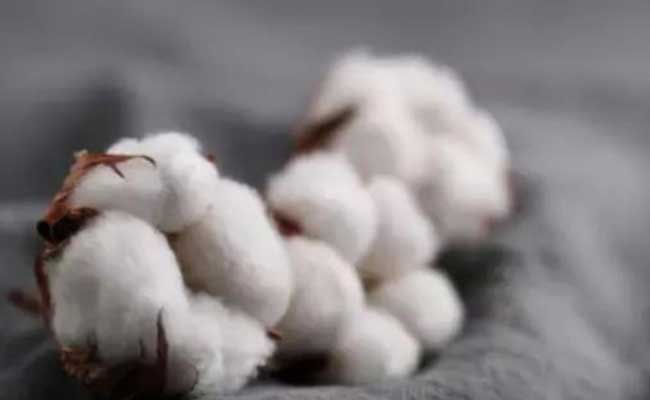
Cotton is one of the most frequently used fabrics, known for its softness and comfort and recommended for sensitive skin. It absorbs moisture, which is advantageous in a tropical country. Whether it’s household linen or everyday clothing, cotton fabric is one of the most sought-after fabrics. It is a plant-based, non-chemical material.
- Where is the most cotton fabric made?
The country that produces the most cotton is China, which produces a great deal of cotton fabric. - What are the uses of cotton fabric?
It is used to make bathrobes, bathmats, towels, bedsheets, blankets, and duvets. - The characteristics of the cotton fabric?
It retains its shape well. It is comfortable, easy to handle and sew, and drapes well.
Linen
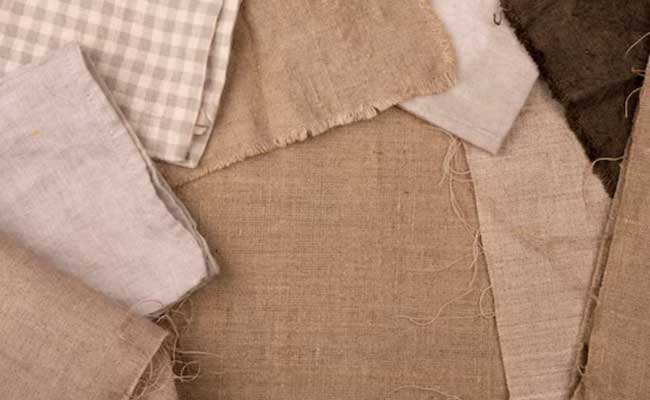
Linen fabric is known for its strength and durability and can be used for many years without the fabric becoming damaged. It is used for household linen such as tablecloths and curtains, and also for blouses as clothing. It absorbs moisture and dries fairly quickly. It is a fast-growing plant product.
- Where are the most linen fabrics made?
France is the world’s largest producer of linen, accounting for 80% of global production. Some of the linen is produced in Europe. But most linen fabrics are made in China. - What are the uses of linen fabric?
Many products are made with linen fabrics such as clothing, bedsheets, aprons, bags, towels, napkins, runners and upholstery. - The Characteristics of the Linen fabric:
The Linen fabric is capable of absorbing up to 20% of its weight in water, making it perfect for bedding.
It dries quickly, is durable and long lasting. It is firm and easy to process.
Polyester
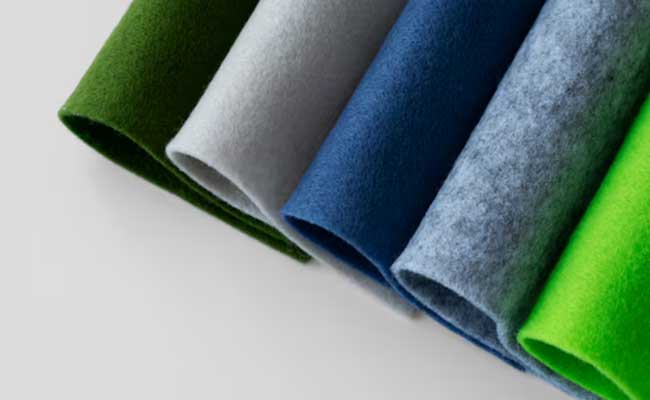
Polyester can be blended with several other fibres, making it even more water-resistant. It is used to make sportswear, trousers, shirts, dresses, T-shirts and swimwear. It does not crease, does not fade and has anti-UV properties.
- Where are the most Polyester made?
China leads the list of exporting most polyester fabrics in the world. - What are the uses of Polyester Fabric?
We use Polyester fabric for clothing such as trousers, jackets, and also sheet, home Furnishing. - What are the characteristics of polyester fabric?
It is simple to maintain.
It retains its shape well.
It is resistant to environmental conditions.
Viscose
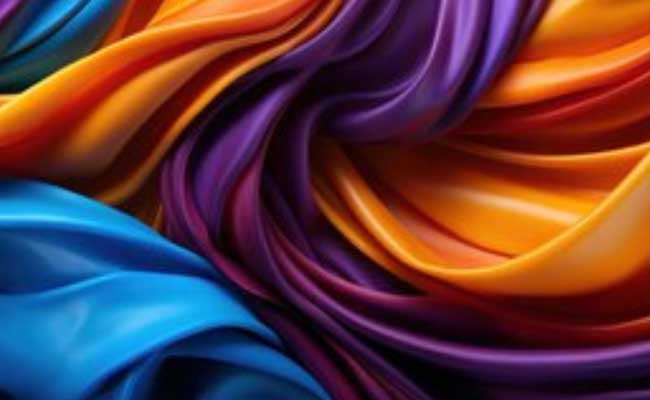
Viscose can be dyed in bright colours for both formal and casual styles, in a wide range of colours and patterns. It is mainly used for dresses and linings, known for its fluidity, but also for lingerie because of its comfort. However, you need to be careful when washing it, as it is a fabric that stretches and can warp, so hand washing is recommended.
- Where is the most Viscose fabric made?
China is the largest producer of viscose.
But there are also some other countries which have the largest producers of textiles and fabrics such as India and Pakistan. - What are the uses of Viscose Fabric?
Viscose fabrics are used in the fashion industry as artificial silk.
It is used to create drapey summer dresses, skirts, soft blouses, and synthetic velvet. - What are the characteristics of Viscose fabric?
It is absorbent, and breathable.
It is known for its softness.
Easy to dye.
Drape well.
It is cheaper to produce and blend well with other fabrics.
Batik
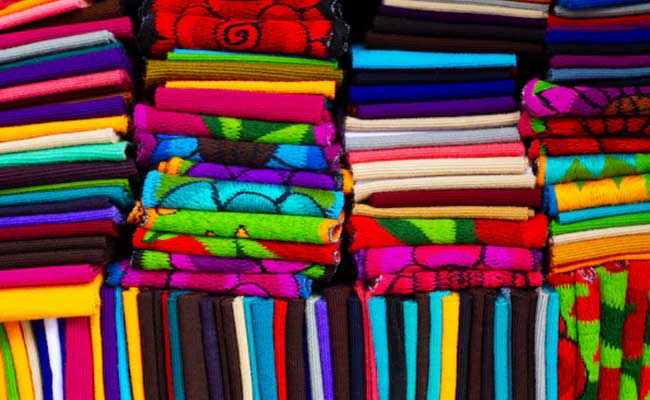
Batik fabrics, featuring intricate patterns and vibrant colours, showcase the island’s artisanal skills. These handcrafted textiles are used in both clothing and home décor, reflecting the rich cultural heritage of Mauritius. It is commonly made into traditional garments.
- Where is the most Batik fabric made?
Indonesia is the country which provides batik fabrics.
The majority of this fabric comes from this country, and it is exported to the United States. - What are the uses of Batik Fabric?
It is used to make Bed coverings such as quilts.
And also for clothing such as scarves, dresses and skirts. - What are the characteristics of Batik fabric?
It is a fabric known for its designs with geometric shapes, intricate symbols, patterns, dots, nature designs and many more.
It is also known for being very colourful.
Hand-Embroidered Fabrics
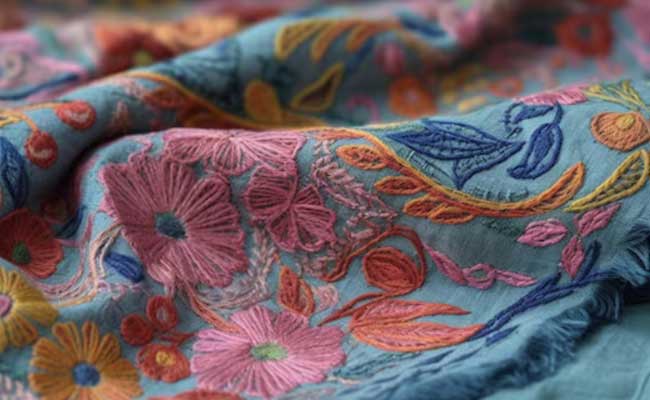
Hand-embroidered fabrics : These fabrics are one of the island’s heritage skills. They are commonly used in traditional clothing, occasional wear and decorative items such as table linen, cushion covers and wall hangings. These fabrics are intricately decorated with detailed patterns, often inspired by nature, local traditions and cultural symbols. This reflects the artistic traditions of the island. Each added touch is distinctive and personalised.
- Where is the most Hand-Embroidered fabric made ?
Hand-Embroidery is made in several countries but one of the earliest cultures to embrace this technique was China. - What are the uses of Hand-Embroidered Fabric ?
Hand-Embroidered fabrics are known to be used to make traditional garments such as Sarees, Churidar, Kurta, Lehenga, skirts, dresses which are often worn at weddings, receptions and Family reunions.
It is also used to create decorative elements to clothing and accessories such as bags.
And even for personalised household items like pillows or tablecloths. - What are the characteristics of Hand-Embroidered fabric ?
The designs are long-lasting personalisation.
The designs can be made based on different tastes.
A design can be unique.
The types of fabrics used in Mauritius vary according to the island’s cultural diversity, its climate and individual preferences. Whether for clothing, decorations or household linen, these diverse fabrics ensure that there is a material to suit every need and preferences.

